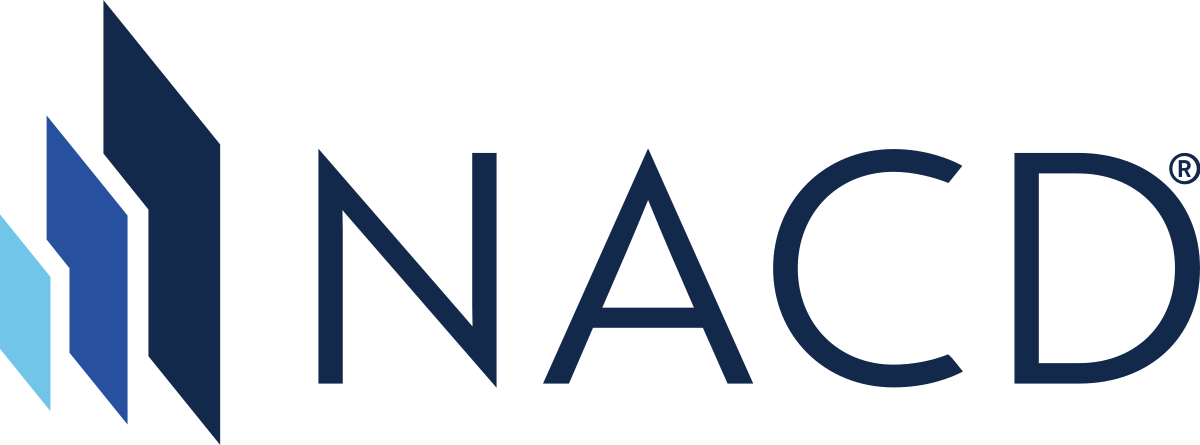NACD Directors Summit®
Day Three from the Floor of Summit
Relive the experience, see what you missed, and browse the gallery.
Leading by Example
Panelists shared insights on mentorship, succession planning, and adjusting AI oversight to different use cases.
By NACD Editors | October 14, 2025
Leadership, at its heart, is about planting seeds for the future.
When directors model calm, purpose-driven leadership, it empowers others to do the same and builds resilience that cascades throughout organizations. They can do this by mentoring executives and other board members or visibly and vocally using new technologies such as artificial intelligence, among other methods.
These were just some of the themes that were discussed during the third day of the NACD Directors Summit™ 2025, the premier annual conference that brings together the governance elite to shape the future of boardrooms. The event is being held at the Gaylord National Resort & Convention Center in the Washington, DC, area through Oct. 15, 2025.
Keynote speakers included Sharon Bowen, chair of the New York Stock Exchange and a director of Intercontinental Exchange, Neuberger Berman Group, and Akamai Technologies; Jeffrey Sonnenfeld, founder and president of the Chief Executive Leadership Institute and senior associate dean of leadership studies and Lester Crown Professor in the Practice of Management at Yale University; and Anima Anandkumar, an AI researcher and professor at the California Institute of Technology. Here are a few key action items for boards from their sessions:
Give back to find a mentor. Bowen’s career as a lawyer, civil servant, and board member is one of resilience and shows how diverse experiences and purpose-driven leadership can strengthen governance and capital markets. Following Bowen’s example, true leadership means using your seat at the table to amplify others’ voices and foster collaboration, including through mentorship. For those seeking a mentor, Bowen’s advice is to “mentor someone” else and “work hard,” because “you can’t buy sponsorship; you really have to earn it,” she said.
Help CEOs prioritize competing demands. CEOs are stretched thin, “overmanaged, and over-insulated,” Sonnenfeld said. Frequent travel demands and speaking engagements heighten the risk of burnout and turnover. Boards can mitigate this by acting as coaches and allies, helping CEOs unpack and prioritize their schedules. Additionally, as CEOs are pressured to take public stances on thorny issues, directors should help them “triage” what matters most to the company and its stakeholders. “You can’t do everything, but you need to do something,” he said, since customers, employees, and shareholders, or “local capital,” are just as “important as financial capital.”
Adjust levels of AI oversight for different use cases. AI is rapidly bridging both the digital and physical worlds and small- and large-scale issues. For example, certain AI tools can determine how drug molecules will react, as well as how weather systems will affect large geographical areas. For directors to keep up with the pace of change, Anandkumar recommended that “everyone should use [the models] daily, if not more.” In addition, leaders in the boardroom and in government should keep in mind that “the rules that applied to the previous [technological transformation] are not necessarily going to be the ones that apply to this one” when determining the necessary level of oversight, she said.
Below are some highlights from breakout sessions held on Oct. 14. (See highlights from sessions on Oct. 12 and Oct. 13.) Note: Panelists participated under the Chatham House Rule.
Cultivate agility and inquisitiveness when volatility is the norm. Boards must adapt to mounting economic uncertainty, geopolitical risk, and accelerated change. As they meet more frequently, they should focus less time on retrospective reviews and put more energy into forward-looking strategy and proactive scenario planning, including for supply chain diversification. Without overloading the C-suite, directors should also ensure that management is equipped to handle disruption.
Establish a board culture where fraud is addressed. Many of the factors that trigger fraud risk, such as material acquisitions and incentive-based compensation, are items approved by the board. Directors have an obligation to know of and handle allegations of misconduct within the company as soon as they surface. As misconduct can occur across an organization’s operations and allegations can disproportionately impact company culture, directors should permanently add fraud and misconduct discussions to the board agenda to mitigate risks.
Think beyond traditional models for CEO succession planning. Whether preparing for emergency or long-term succession, boards should consider interim chief executive or co-CEO arrangements, and treat succession as a continuous strategic priority. During interim leadership or crisis transitions, communication to reinforce the new leader’s steady hand and collaboration between the board and management are essential to maintain stakeholder confidence and operational momentum. Thoughtful, proactive succession planning is needed; this includes leadership and skills development, clear accountability structures, and mechanisms for conflict resolution.
Consider adding a digital director to the board. A digital director is someone who can exercise insight, oversight, and foresight in relation to emerging technologies and their impact on operations. While board members don’t need to be digital experts, they should know what technology the company is using, why it is important in the context of the business, what its competitors are doing, and what interests its customers. Boards can consider onboarding a digital director from the same industry in which the company operates, while advocating for other board members’ continuous education to augment their knowledge.

Day Three in Pictures









